Another school school year arriving and thinking of ways to make it easier for you, we selected some tips and templates ready for your Project Back to School 2020.
Ready suggestions for working with early graders (Early Education and Elementary School).
Index
The beginning of the Levite year (Back to School) is a moment that mixes several sensations. (Sadness, Happiness, Nervousness, Anxiety, Fear, Novelty, Crying, among others).
Because this time of adaptation is so delicate, which requires a lot of attention and acceptance, it is very important to plan every detail of the first days of class.
Portuguese
Math
History and geography
Sciences:
Art:
PE:
Hold a game of games so that everyone has fun (sack race, jump rope, blind snake, potato race, freshmen show, chair dance).
_______________________________

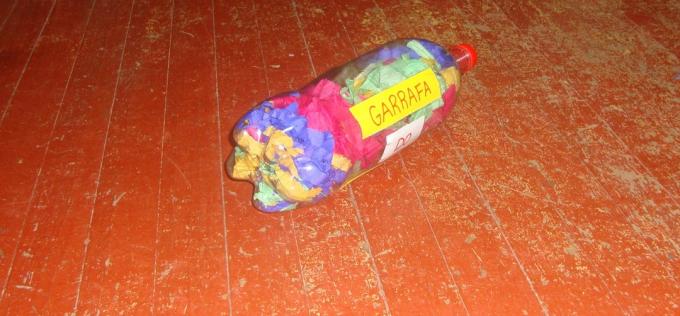
Material: An empty bottle (could be soda). The group should sit in a circle. The educator places the bottle lying on the floor in the center of the room and makes it spin quickly, when it stops it will be pointing the neck at someone. The educator will say a word of welcome, encouragement or praise to that person. The person indicated by the bottle will then have the task of turning it and talking to whoever it points to and so on.
If your class is from 1st to 5th grade, divide students into groups.
This is a good time to integrate newcomers. Leave them with the veterans, who must behave as true guides and hosts. On each sheet of paper, describe a location in the school, put the texts in a box and organize a lottery. Each group takes a paper and tries to guess which location is described. Then challenge the groups to find the chosen locations. Arriving at the destination, the students draw the environment in as much detail as possible, write down the names of the employees who work there and their function. Back in class, the groups exchange observations and records and exhibit their productions. Then ask them to produce a map of the school (with your help, of course) on a sheet of cardboard. At each specific location on the map, the drawings are fixed. Encourage groups, in the following days, to visit the facilities that have not yet been covered. In classes from 6th to 9th grade, kids can
photograph these places and conduct longer interviews with employees. In this case, you don't need to make the map and can ask for detailed texts about the various “sights” of the school
In a circle, the participants must be seated. The Coordinator must first acquire a large roll of string. And the first participant must, holding the end of the string, throw the roll to someone else (the coordinator stipulates beforehand eg that he likes it best, that I would like to know more, that he admires, that I would like to tell him something, that has a certain quality, etc.) that he wants and justify the because! The person grabs the roll, holds the string, and throws it to the next one. In the end it becomes a big “web”.
This dynamic can be done for different purposes and can also be used at parties and events such as Christmas and New Year's Eve parties. Ex: each person who sends the string say a thank you and wish you happy holidays. The same format as in the Dynamics of the Present can also be used.
_____
Check out some Suggested Back to School Favors to work with your 2020 back to school project.
To make your souvenir we can use different materials, check out a short list of items you can use:
Check out some ideas:
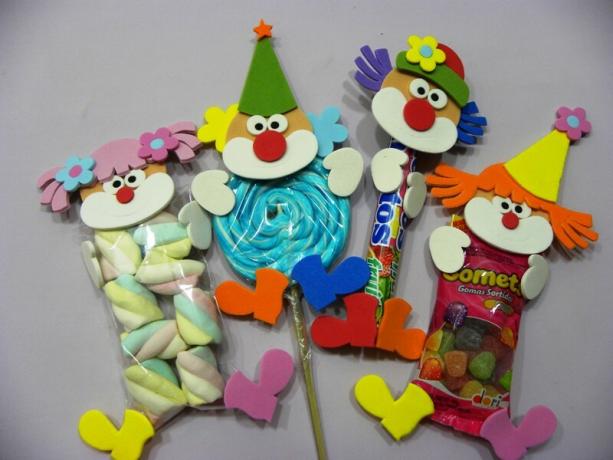
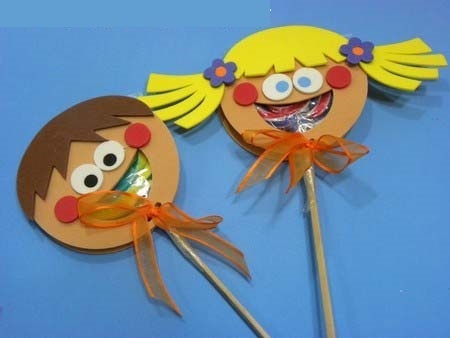
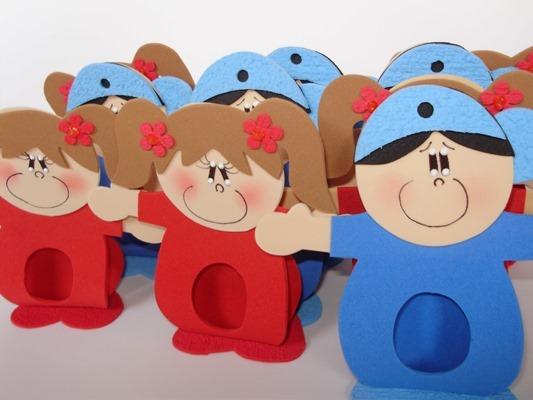

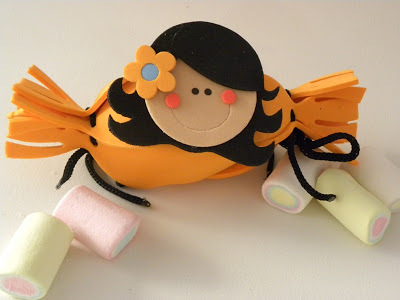
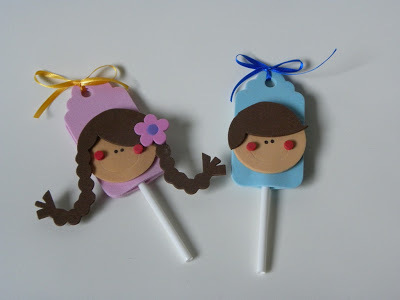
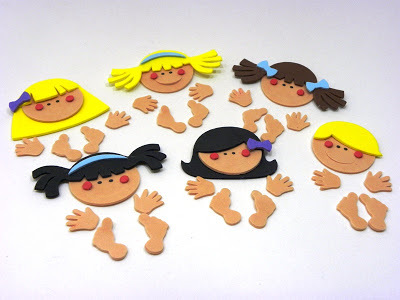
Check out several ideas and suggestions for your wall and Back to School Panel:

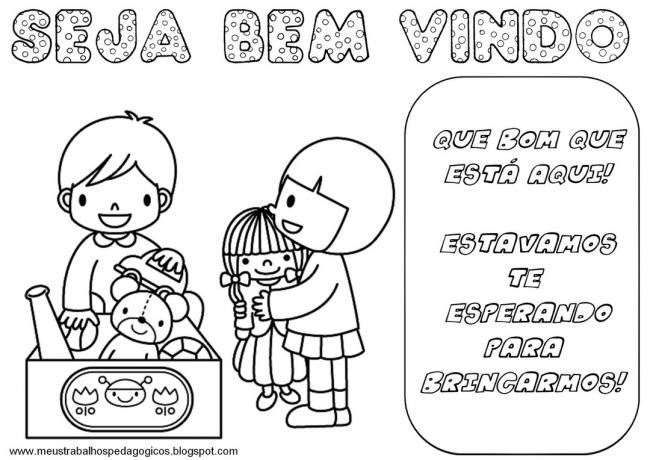
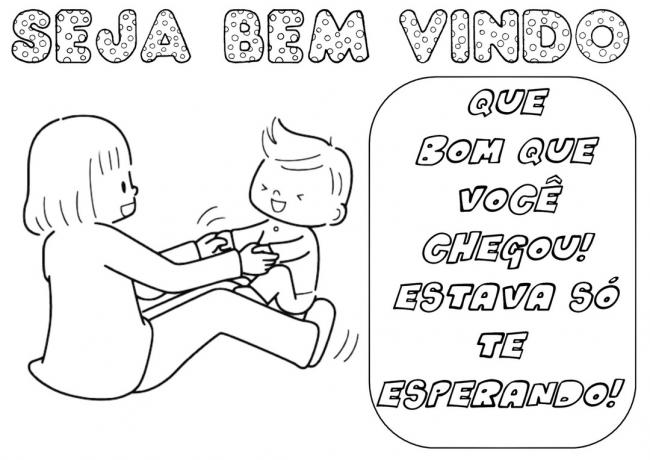

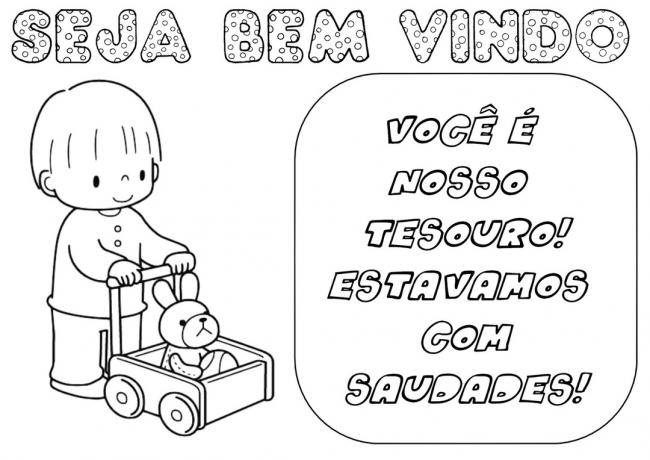






________
At the beginning of the school year, the child becomes acquainted with a new space that is physical and also subjective, as it involves feelings and relationships. At this time, it is essential to favor an environment rich in stimuli, where the child can meet and live new experiences, expressing their thoughts and emotions freely. To do this, it is necessary to bear in mind that the adaptation period is delicate and requires the participation of all components of the school community: parents, teachers and other employees of the institution in which the child It's inserted.
The big challenge is to welcome the child in their first moments at school or at each new school stage, making them feel cared for, comfortable and, above all, safe. It is important to establish a relationship of trust with the families as well, making it clear that the goal is a partnership of care and education. Enabling parents to stay with the children for the first few days, allowing the children to take an object from home with which they feel safe are some interesting proposals for this welcome.
The first social relationships of the child happen in Kindergarten, therefore, it is necessary to provide, in addition to a climate of affection and mutual trust between students, parents and school employees, the psychomotor development of the child, through a playful and pleasant. The stimulation in group activities creates an atmosphere of joy that incites curiosity and finally the child's natural approach to the group.
The school must plan activities suitable for the adaptation period, not distancing themselves from what the student will experience on a daily basis, so that false expectations are not created.
Children are different, each human being is unique and each person's reactions are unpredictable. In addition, they arrive at school with acquired knowledge, experiences and experiences that cannot be overlooked. Therefore, it is necessary to vary the possibilities, plan different activities, always respecting the differences and pace of each one. When realizing that the adult considers their feelings and those of their peers, that they are valued in their fears and insecurities, the child learns to establish a more humanizing relationship with the others.
In Kindergarten, children come to understand the basics of coexistence. The school environment needs to convey safety to children in all aspects, this safety is also translated into clear rules and a well-established dialogue between educators and students. Small agreements around the norms of social coexistence facilitate relationships. Therefore, it is essential to define the rules together with the group, questioning them about the reasons for each one, leading them to understanding and reflection.
The space must be the result of the relationship established with the children. Its decoration, the displayed posters must reflect the inquiries, discoveries and paths of those who use it. The space still needs to be organized in order to contemplate the different human dimensions: the playful, artistic, affective, cognitive. The way the environment is organized always reveals the pedagogical relationship established between educator and students.
Goals:
After a round of conversations that will define the rules, the proposal is to set up a mural with them and illustrate it with drawings and productions by the students themselves.
Hide in the living room bags or packages containing different materials that will be part of children's daily lives. It can be, for example, books, magazines, games, brushes, modeling clay or some clay. Propose to the group that, in pairs, they look for the objects. This already encourages cooperation. Guide the search by saying “hot” if what you're looking for is close, “warm” if it's at medium distance, or “cold” when it's far away. After all the packages are found, ask what activities can be done with the materials and take the opportunity to better explain the function of each one. Show how and where they will be stored, highlighting the importance of keeping the work environment well organized.
To end the activity, allow each child to choose their favorite object to play with or create something. After the games and creations, guide them to arrange the environment as agreed, putting everything in its proper place.
The organization of space influences users by determining how teachers and children feel, think and behave.
Where? He thought!
Time: As long as the interest of the class lasts.
Space: Classroom.
Age: From 1 year and a half.
Material: Mobiles with bands of tulle of different colors (the length of the bands must be the same as the height of the room's ceiling height).
Main Objective: To help the child to work out the temporary absence from the family.
Development: Hang the mobiles securely from the ceiling of the room so that the banners reach the floor. The children will play hide behind and between them, hold them to cover part of the body and hide their peers. With this, they discover that the absence of the other is temporary and that they always reappear.
Time: Variable according to number of students
Space: Classroom.
Age: From 2 years old
Main Objective: Provide observation of classmates, helping group integration, emphasizing respect for differences.
Development:
Tell the class that everyone will get a "picture." Tape a child-sized sheet of Kraft paper to the wall. Position the student so that he is leaning against the sheet and, with a pencil, draw the outline of his body. Encourage the class to tell them about their hair, their face, if they wear glasses, etc. During the activity, repeat the student's name many times so that classmates can memorize it. Make the “picture” of everyone. Finally, ask a classmate to draw your outline, repeating the observation process, so that the children become familiar with you too. Hang the drawings on the wall and praise the group. Over the next few days, at the entrance, ask the class who each of the drawn classmates is and if he is present. If so, you get a round of applause. Leave the papers exposed for a while. It is important for the little ones that their productions stay there until they feel they belong to the group and the environment.
Time: Approximately 40 minutes.
Space: Classroom.
Age: From 1 year.
Material: Colored cloths, mirror.
Objective: Working memory, anticipation, visual and auditory perception, principles of distinction between the “I” and the “not me”.
Development:
To carry out this activity, place the children in a cozy space (on mats, for example). Conduct the show the face game and cover it with a cloth. After exploring hide-and-seek a lot, give the babies the other colored cloths so that they can imitate your action, stimulating them with words. A variation on this activity is to put the children in front of the mirror to play with their own image. This proposal is important in the first years of life because it is related to the perception of the “I”. In front of the mirror, the child begins to recognize its image and its physical characteristics.
working diversity – Ask the children to stand in front of the mirror and observe themselves. Ask; “Is your hair the same color as the guy's?”, “Where's your eyebrow?”, “Who's taller?” etc.
Facial expressions – Facing the mirror, ask the students to make a happy, sad, pained, angry face, etc. Display posters with different faces for the children to imitate.
Pretend – Provide costumes, accessories (hats, jewelry, glasses, etc.) and makeup and let children explore their self-image freely, including using the mirror as a resource.
Subscribe to our email list and receive interesting information and updates in your email inbox
Thanks for signing up.

